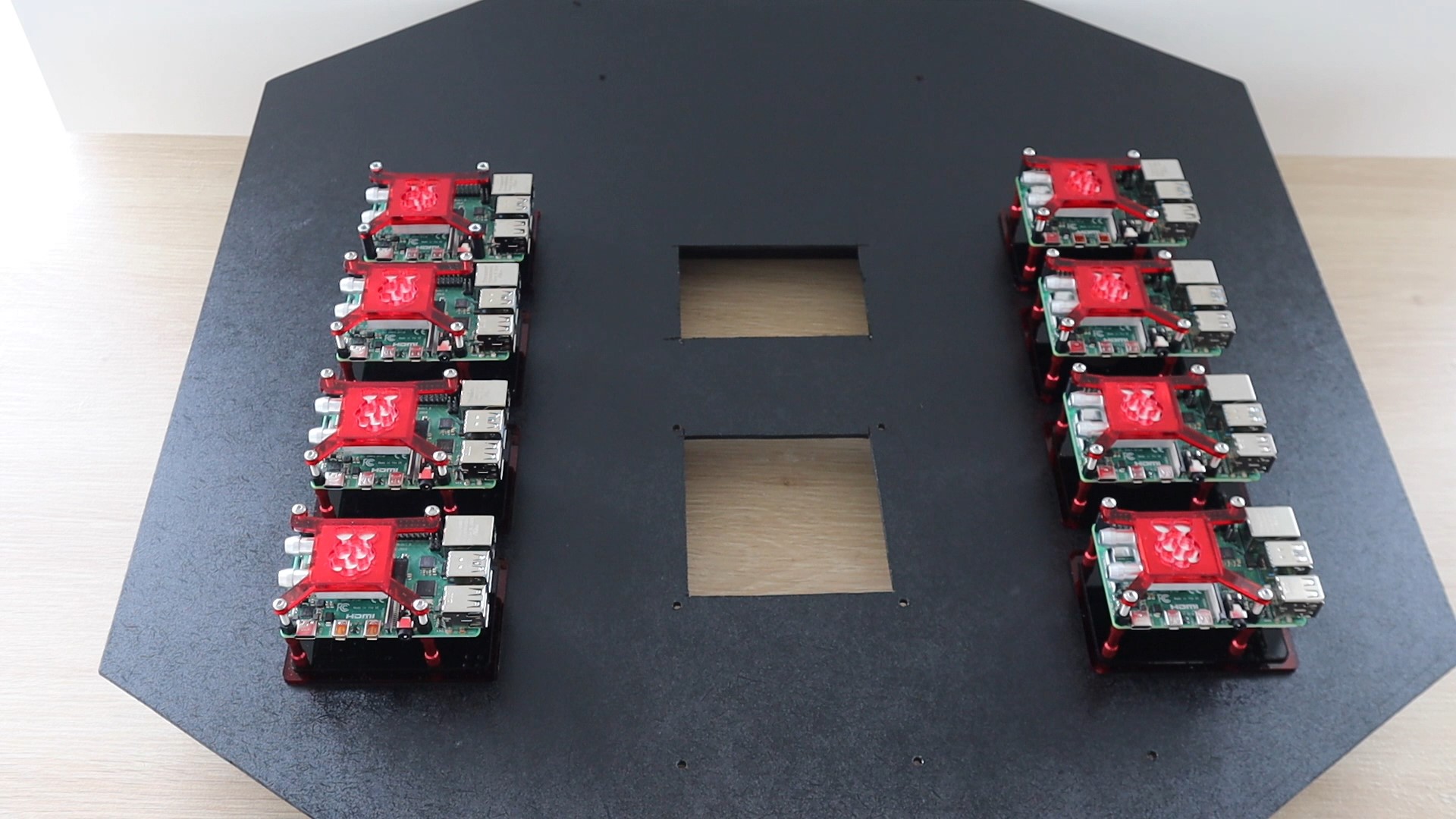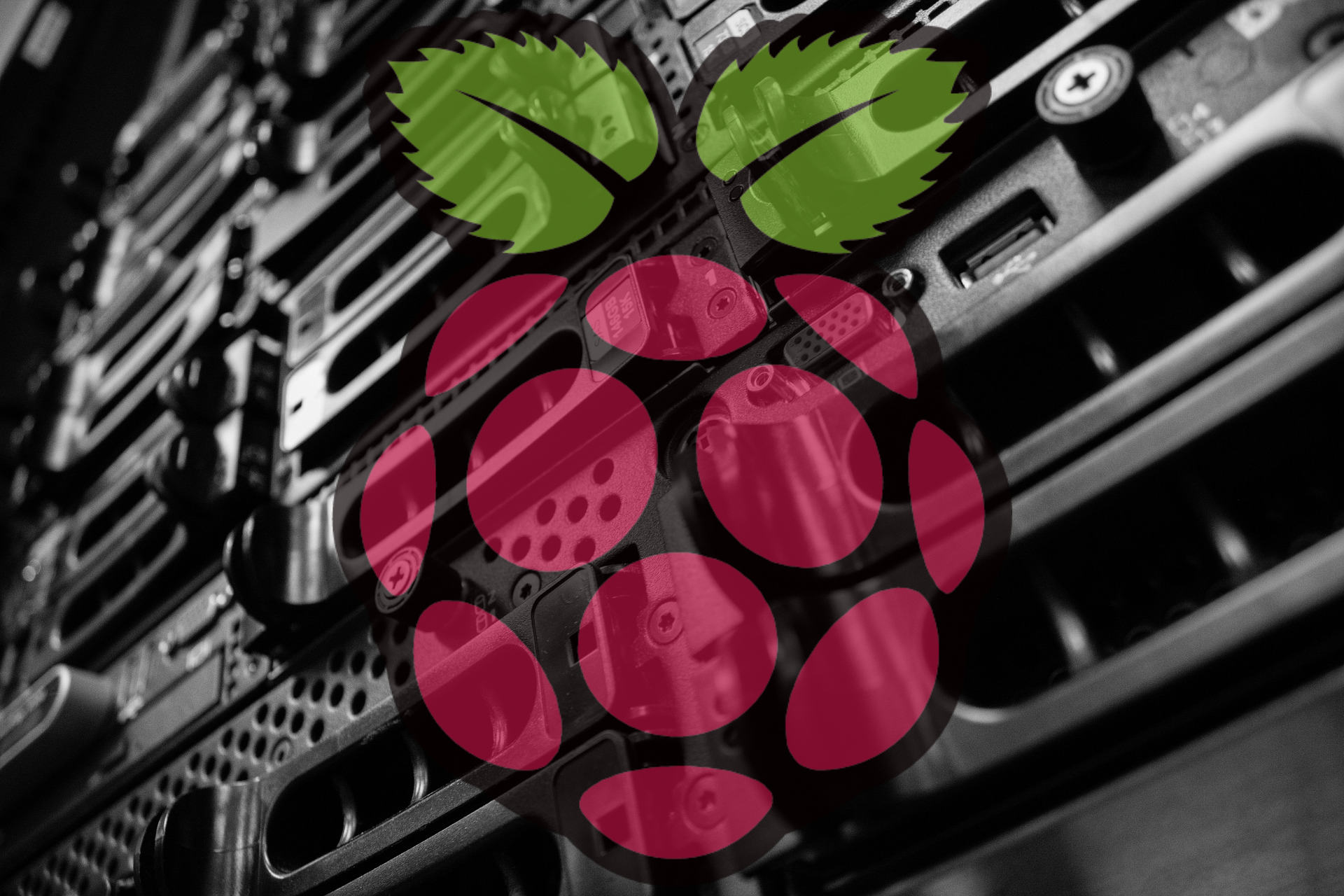Managing A Fleet Of Raspberry Pis: The Ultimate Guide For Tech Enthusiasts
Listen up, tech wizards. If you're diving into the world of managing a fleet of Raspberry Pis, you're not alone. More and more people are using these tiny yet powerful devices to build everything from home automation systems to data centers. Managing a fleet of Raspberry Pis can be a game-changer, but it’s also a challenge that requires some serious know-how. So, buckle up because we’re about to break it down for you.
Imagine having a bunch of Raspberry Pis scattered across your home or office. Each one needs updates, configurations, and monitoring. Sounds like a lot of work, right? Well, it doesn’t have to be. With the right strategies and tools, managing a fleet of Raspberry Pis can be as smooth as butter.
Whether you're a hobbyist or a professional, this guide will help you navigate the ins and outs of managing multiple Raspberry Pi devices. From setting up your fleet to troubleshooting common issues, we’ve got you covered. So, let’s dive in and make your Raspberry Pi dreams a reality.
Table of Contents
- Introduction to Managing a Fleet of Raspberry Pis
- Setting Up Your Hardware
- Configuring the Software
- Networking Your Raspberry Pi Fleet
- Remote Management Options
- Securing Your Fleet
- Monitoring and Maintenance
- Scaling Your Fleet
- Common Issues and Troubleshooting
- Best Practices for Long-Term Success
Introduction to Managing a Fleet of Raspberry Pis
Managing a fleet of Raspberry Pis is like being the captain of a small but mighty army. Each Raspberry Pi is a powerful little device that can handle a variety of tasks. From running IoT applications to serving as a media center, these devices are versatile and cost-effective.
But managing multiple Raspberry Pis isn’t as simple as plugging them in and hoping for the best. You need a solid plan to keep everything running smoothly. This includes setting up your hardware, configuring software, and ensuring security and maintenance.
Let’s face it, if you don’t have a strategy in place, things can get messy fast. Imagine trying to update firmware on ten different devices manually. Sounds like a nightmare, right? That’s why understanding the basics of fleet management is crucial for anyone looking to get the most out of their Raspberry Pi setup.
- Hd Hub 4 U Movie Your Ultimate Destination For Blockbuster Entertainment
- The Untold Story Of Masa Xxx A Deep Dive Into Its Cultural Impact
Setting Up Your Hardware
Before you dive into the software side of things, you need to make sure your hardware is ready to go. This involves selecting the right Raspberry Pi models, power supplies, and storage options.
Choosing the Right Raspberry Pi Models
Not all Raspberry Pis are created equal. Depending on your needs, you might want to go with a Raspberry Pi 4 for more powerful applications or stick with a Raspberry Pi Zero for simpler tasks. Here’s a quick breakdown:
- Raspberry Pi 4: Best for heavy-duty tasks like running a media server or hosting a website.
- Raspberry Pi 3: A solid choice for less demanding applications.
- Raspberry Pi Zero: Perfect for lightweight projects like IoT sensors.
Power Supplies and Storage
Don’t skimp on power supplies. A good quality power adapter is essential to keep your Raspberry Pis running smoothly. As for storage, microSD cards are the go-to option. Make sure you choose cards with enough capacity and speed for your needs.
Configuring the Software
Once your hardware is set, it’s time to focus on the software side of things. This includes installing the operating system, setting up network configurations, and automating tasks.
Operating System Options
Raspberry Pi OS is the most popular choice, but there are plenty of other options depending on your project. Some popular alternatives include:
- Ubuntu Server: Great for server-related tasks.
- balenaOS: Ideal for IoT projects.
- RetroPie: Perfect for gaming enthusiasts.
Automating Tasks
Automation is key when managing a fleet of Raspberry Pis. Tools like Ansible and Puppet can help you automate tasks like configuration management and software deployment. This saves you time and reduces the risk of human error.
Networking Your Raspberry Pi Fleet
Networking is where things start to get interesting. You need to make sure all your Raspberry Pis can communicate with each other and with your main network.
Setting Up a Local Network
A local network is essential for managing your fleet. You can use a router to connect all your devices or set up a mesh network for larger setups. Make sure to assign static IP addresses to each Raspberry Pi for easier management.
Wi-Fi vs Ethernet
While Wi-Fi is convenient, Ethernet provides more stability and speed. If you’re running demanding applications, Ethernet is the way to go. However, for simpler tasks, Wi-Fi can be a great option.
Remote Management Options
Being able to manage your Raspberry Pi fleet remotely is a game-changer. It allows you to monitor and control your devices from anywhere in the world.
SSH and VNC
SSH (Secure Shell) is a popular choice for remote command-line access. VNC (Virtual Network Computing) allows you to access the graphical interface of your Raspberry Pi remotely. Both options have their pros and cons, so choose the one that best fits your needs.
Cloud-Based Solutions
Services like Microsoft Azure IoT Hub and AWS IoT Core offer cloud-based solutions for managing fleets of Raspberry Pis. These platforms provide advanced features like device monitoring, data analytics, and automatic updates.
Securing Your Fleet
Security should always be a top priority when managing a fleet of Raspberry Pis. These devices can be vulnerable to attacks if not properly secured.
Firewalls and Antivirus
Implementing a firewall is a must for protecting your fleet from unauthorized access. Additionally, using antivirus software can help prevent malware infections.
Regular Updates
Keeping your software up to date is crucial for security. Regular updates ensure that any vulnerabilities are patched, keeping your fleet safe from potential threats.
Monitoring and Maintenance
Monitoring your Raspberry Pi fleet is essential for maintaining optimal performance. You need to keep an eye on things like CPU usage, memory usage, and disk space.
Monitoring Tools
Tools like Grafana and Prometheus can help you monitor your fleet in real-time. These tools provide detailed insights into the performance of your devices, allowing you to identify and address issues before they become serious problems.
Maintenance Tips
Regular maintenance is key to keeping your fleet running smoothly. This includes cleaning your devices, checking for loose connections, and performing routine software updates.
Scaling Your Fleet
As your needs grow, you may find yourself needing to scale your Raspberry Pi fleet. This involves adding more devices and ensuring that your network and management systems can handle the increased load.
Adding More Devices
Adding more Raspberry Pis to your fleet is relatively straightforward. Just make sure you have the necessary hardware and network capacity to support the additional devices.
Scaling Your Network
Scaling your network might involve upgrading your router, adding more switches, or setting up a more advanced network architecture. It’s important to plan ahead to ensure your network can handle the increased demand.
Common Issues and Troubleshooting
Even the best-laid plans can go awry sometimes. Here are some common issues you might encounter when managing a fleet of Raspberry Pis and how to troubleshoot them.
Connection Problems
If you’re experiencing connection issues, check your network settings and ensure that all devices are properly connected. Restarting your router or switching to a different Wi-Fi channel can also help.
Performance Issues
Performance issues can be caused by a variety of factors, including insufficient resources or poorly optimized software. Identifying the root cause and taking corrective action is key to resolving these issues.
Best Practices for Long-Term Success
Following best practices is essential for ensuring the long-term success of your Raspberry Pi fleet. Here are a few tips to keep in mind:
Documentation
Keep detailed documentation of your setup, including hardware configurations, software versions, and network settings. This will make troubleshooting and future upgrades much easier.
Backup and Recovery
Regularly backing up your data and having a recovery plan in place is crucial. This ensures that you can quickly restore your fleet in case of a failure or data loss.
In conclusion, managing a fleet of Raspberry Pis can be a rewarding experience if you have the right strategies and tools in place. From setting up your hardware to securing your fleet, each step is important for ensuring smooth and efficient operation. So, take action now by sharing this guide with your fellow tech enthusiasts and let’s keep the Raspberry Pi revolution going strong!



Detail Author:
- Name : Miss Freeda Grant DDS
- Username : bradtke.pearl
- Email : onitzsche@yahoo.com
- Birthdate : 1977-02-10
- Address : 1098 Merl Lakes Suite 565 Zoraland, OR 85853
- Phone : +13017984148
- Company : Cremin-Harber
- Job : Offset Lithographic Press Operator
- Bio : Voluptatem voluptatem vitae autem dolor dolor modi. Nesciunt a architecto accusantium inventore. Magni alias et facilis dolorum qui.
Socials
linkedin:
- url : https://linkedin.com/in/frederiquedaugherty
- username : frederiquedaugherty
- bio : Totam optio odio impedit aspernatur.
- followers : 472
- following : 643
twitter:
- url : https://twitter.com/frederique3430
- username : frederique3430
- bio : Ea consequatur soluta non sunt fuga commodi. Inventore neque rerum magnam eaque. Et doloribus rerum rerum eum explicabo cum.
- followers : 2637
- following : 955
tiktok:
- url : https://tiktok.com/@frederiquedaugherty
- username : frederiquedaugherty
- bio : Maiores veniam qui amet sit quam suscipit libero. Quo incidunt id rerum rerum.
- followers : 3345
- following : 201
facebook:
- url : https://facebook.com/frederiquedaugherty
- username : frederiquedaugherty
- bio : Nihil omnis vitae labore quos quisquam ullam.
- followers : 2169
- following : 545